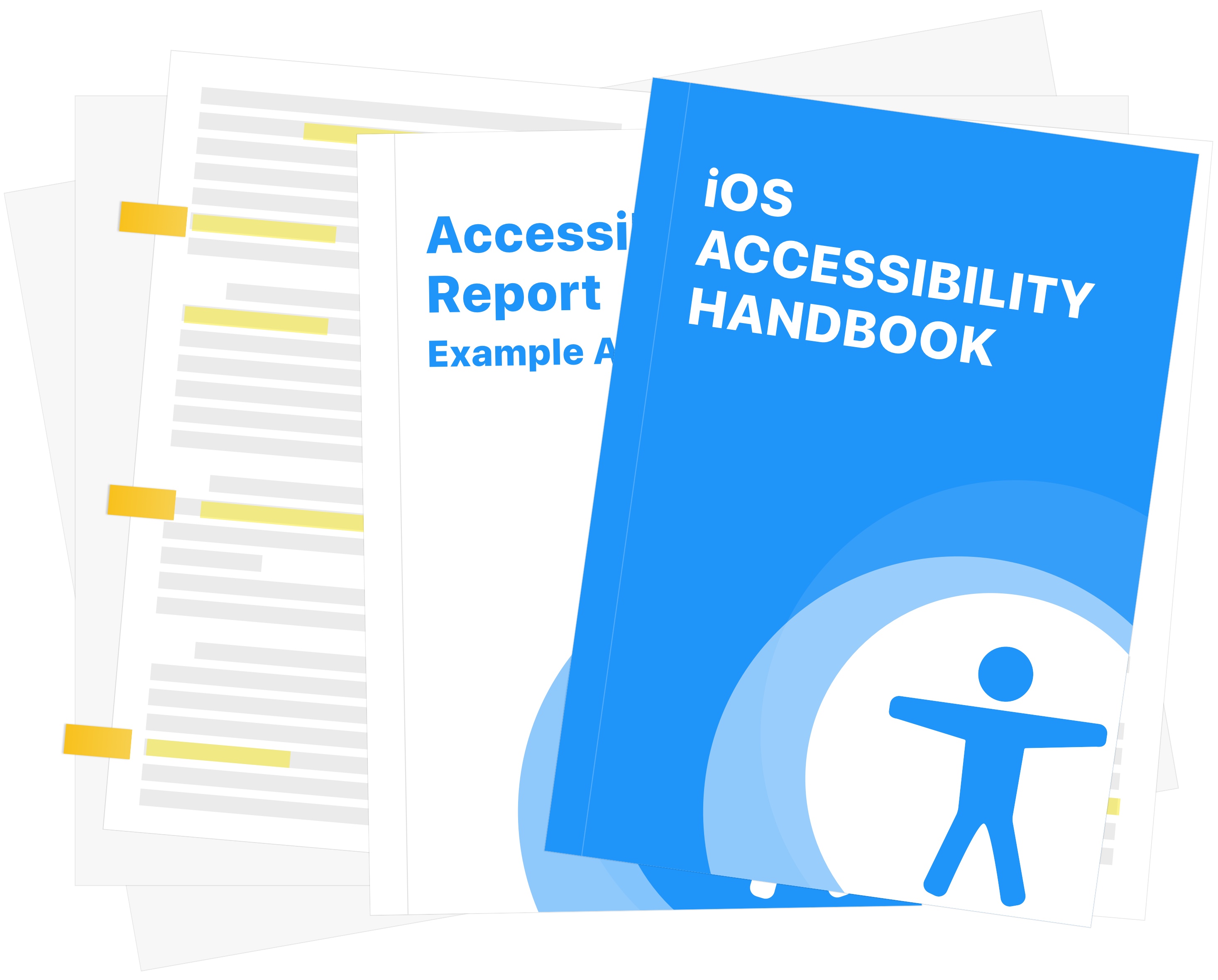Accessibility has been part of my work since the very beginning.
I was lucky in that my teachers took it seriously, and I got plenty of experience identifying and correcting accessibility issues in one of my first internships.
A few years ago in 2015, when working on a native mobile app, I realised WCAG guidelines didn’t (and still don’t) cater for Android or iOS operating systems appropriately.
In 2019, it’s still hard to find designers, developers, consultancies, or even automated tools to reliably evaluate and improve mobile app accessibility.
Goals
The accessibility work I do is focused on providing:
- Appropriate guidance for mobile apps
- Factual legal and ethical value
- Real case studies and solutions
- Enable others to do the same
With the ultimate goal being an increase in the number of independent impaired people.
Role
My role has been to research, write, advocate, and practice as in-house or contractor.
I initially focused on iOS because of how the maturity of its assistive technologies attracted more users to it. I now cover Android as well to ensure more people benefit from accessible mobile apps.
Research
On top of my education and early experience with accessibility, I’ve spent months reading the WCAG guidelines, reviewing developer documentation and tools for native app development, and sampling apps for examples of good and poor accessibility practices.
Write
The research I’ve done, helped me write the iOS Accessibility Handbook, create the illustrations published through the iOS Accessibility Twitter account, and an iOS Accessibility presentation.
Because I now cover Android in my accessibility reports, I’m currently reviewing the previous iOS-only content.
Advocate
Accessibility is part of product design and benefits everyone, as such, I bring it to the table when deciding what and how the product should be.
The Accessibility presentation I mentioned above is my go-to resource when bringing large groups of people up-to-speed with the value of accessibility, its guiding principles, and techniques.
I’ve also setup a Twitter account to publish remediation techniques under a series titled “Accessibility is easy”, examples include buttons, actionable list items, structuring content, and more.
Review
Finally, besides learning and sharing my knowledge, I perform accessibility reviews for apps in my employer’ portfolio, and for companies (like yours, get in touch) on a contract basis.
These reviews follow the latest applicable WCAG 2.1 AA guidelines, are summarised in a format that’s easy to understand and hand over to developers for remediation.
Most apps take 1 day per platform to review, and because I already do the work of providing solutions for every single issue, development time can be as low as 5 minutes per issue, and at most 1 day for more complex issues involving custom controls (such as interval sliders).
Results
By speaking at local community events, I hope to have changed the understanding of many individuals around value and effort required to make apps accessible.
Internal company talks are a great way to find and form alliances with people who are willing to collaborate on the issue.
The result has been that: 1) developers and designers become more mindful of accessibility issues, 2) product managers start thinking about how to make accessibility part of the production process for QA testers, 3) leadership becomes aware of how important accessibility is to reach new markets by catering for smaller clients who can’t afford to absorb an accessibility lawsuit like Domino’s.
Through contract and internal accessibility reviews, I’ve been able to make more than 30 apps more accessible to their users, but that’s not enough.
By integrating accessibility into design systems and other reusable artefacts, especially the platform design system at Poq, I ensured that not only existing clients were made and remained accessible, but also that new clients would receive this benefit, even after I’ve left the company.
Learnings
- WCAG guidelines appear destined to remain a valuable resource, but also one that’s hard to turn into action;
- The very few companies that provide true mobile app accessibility reviews remain unaffordable for most;
- Android accessibility has come a long way
- Avoiding legal issues is by far the most efficient motivator for businesses to invest in accessibility
- Most mobile apps, from highly acclaimed startups like Monzo or Slack, to more established companies like Sony or Amazon, don’t invest enough into accessibility.



